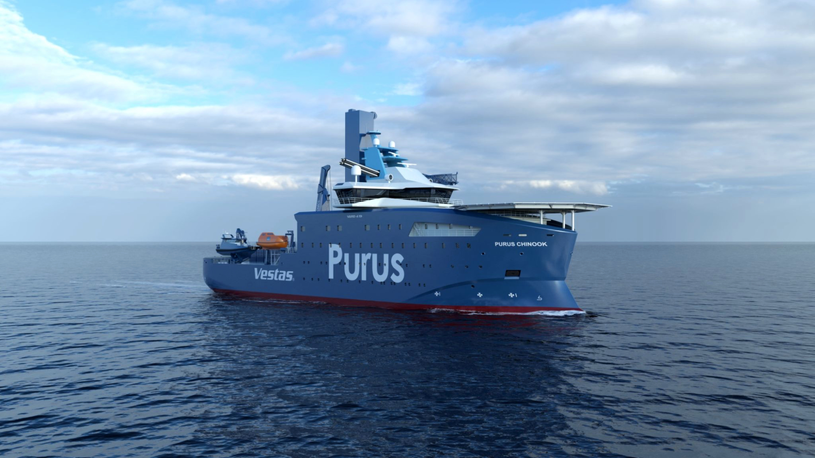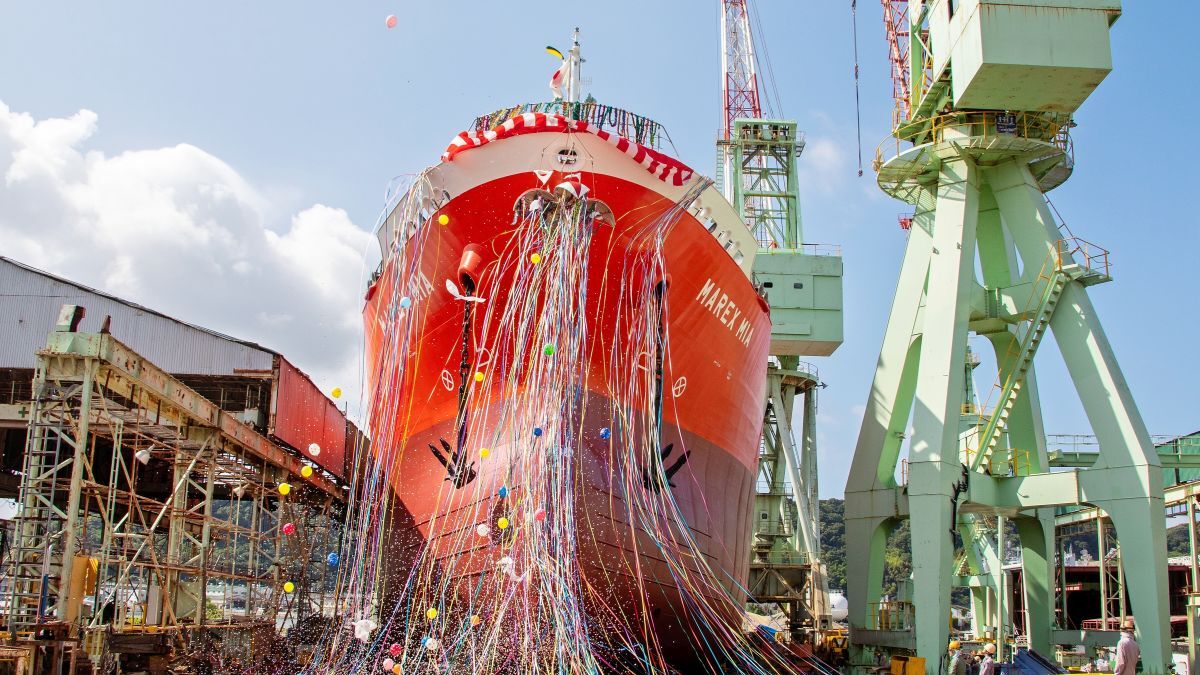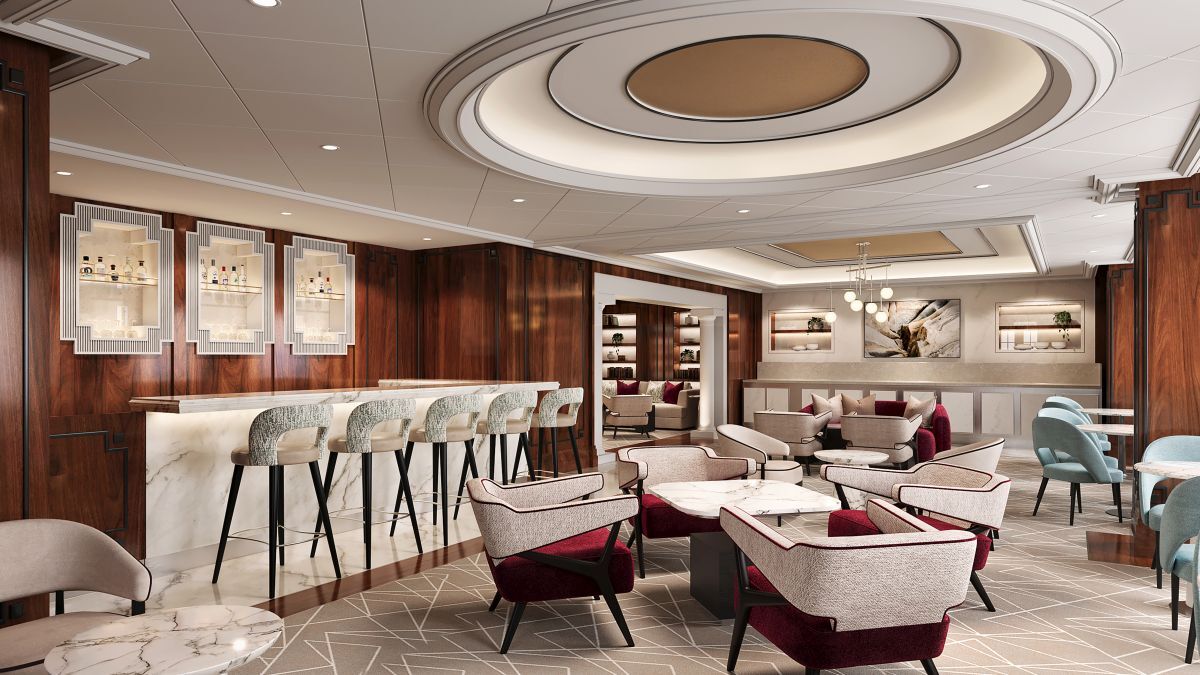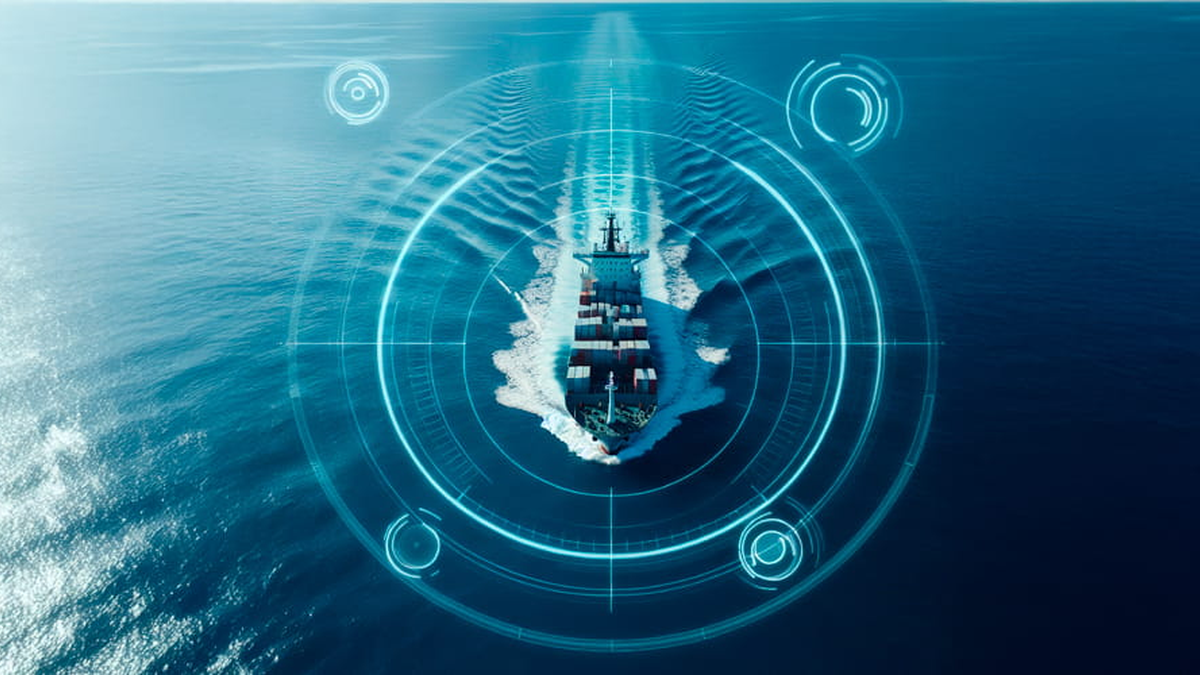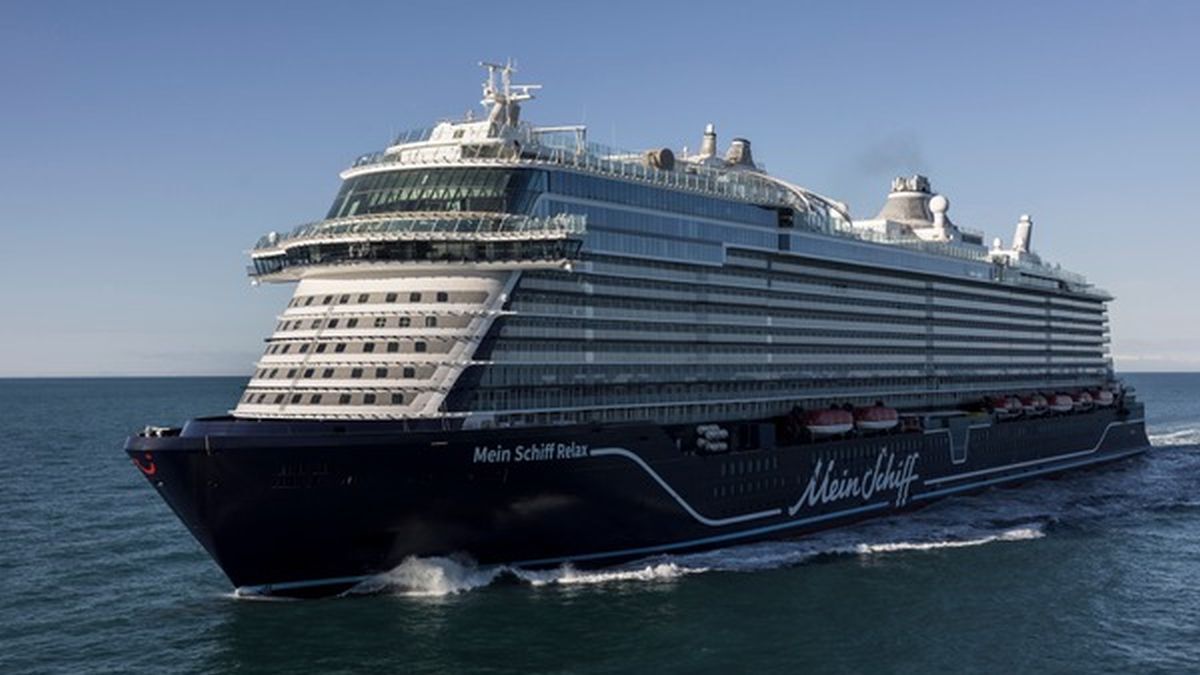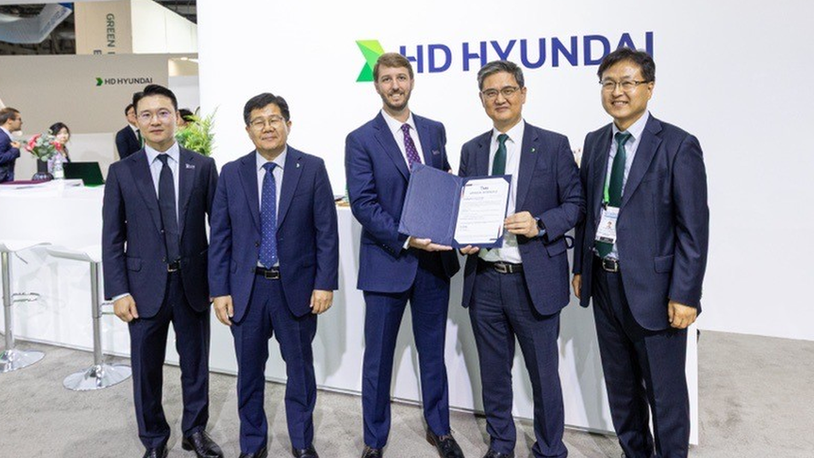Business Sectors
Contents
Carnival unveils hybrid wireless networks for its fleet
Cruise ship operators require far more services than just a broadband pipe to deliver a series of communications solutions to passengers and crew. The majority of cruise ships have VSAT equipment on board to connect with C-band and Ku-band services. A few also have Ka-band terminals. These enable vessel operators to offer a multitude of voice, video, multi-media and social media services to their clients and employees during sea voyages. These services can also be offered close to shore through the global system for mobile communications (GSM) and in ports via WiFi or WiMax networks.
Carnival Corp recently revealed plans to install hybrid wireless networks, known as WiFi@Sea on all of the vessels in all nine of its brands. It expects the technology will reduce communications costs and expand the services available to passengers. The backbone of the hybrid network will be a combination of strategically located land-based antennas installed along cruise shipping routes, port WiFi connections and high throughput satellites. The network is designed to provide passengers and crew with faster and more stable Internet access throughout their voyage.
“This is a major technology breakthrough designed to enhance the cruise experience for our passengers,” said Carnival senior vice president and global chief information officer Ramón Millán. “Our guests are looking for different experiences when they cruise. Some are interested in staying in touch with their world back home. For them, our new hybrid network will help them to do so, whether that means checking e-mail or posting pictures to their social media sites.”
Mr Millán expects that the hybrid network will enhance the passenger onboard experience and help crew members keep in touch with their friends and family at home. “We believe it will also help us attract new cruise customers, especially those who have made connectivity and social media an everyday part of their lives. Our goal is to give our passengers the best possible connection to the Internet whether they are in port, cruising near a coastal area or sailing in the middle of the ocean.”
He said the network will enable Internet access on Carnival cruise ships sailing anywhere around the world. “Our integrated network is also designed to be highly flexible,” Mr Millán added. “As technology changes, we can change how our network operates. So, it is very possible that one of the technologies we are using today in our network may be replaced by a newer, better technology a few months from now. That flexibility means we can constantly be on the leading edge of updating our integrated network and making sure our passengers have the best possible solution for staying in touch.”
The newly equipped ships will connect to the wireless network via multiple technologies – port WiFi, long-range WiFi, and satellite systems over multiple frequency bands. The network will switch seamlessly between connection types according to which option will provide the best user experience at that time, said Carnival. The switch will be transparent for users and managed behind the scenes by the network technology.
The VSAT connectivity is provided by Harris CapRock, while the rest of the hybrid networks and onboard technology is delivered by MTN Satellite Communications. In 2014, MTN expanded its terrestrial broadband network (TBN) of onshore antennas to include Alaska, the east and west coasts of the USA, the Caribbean, the Mediterranean and the UK. The seamless switching between network links is managed by MTN Nexus systems.
According to MTN business development executive Ty Garner, vessel operators are looking for much more than just the satellite links. “Operators want to partition networks, so they can optimise bandwidth and separate crew and passenger communications,” he said. “We can provide hybrid solutions involving VSAT, WiFi and microwave services. Our MTN Nexus spools IP sessions and buffers them so vessels can switch between WiFi, GSM and VSAT services. It is a seamless transition managed by our servers.”
For Carnival, MTN provides the onboard revenue generation and billing services, and manages Internet cafe solutions for crew welfare and passenger entertainment. “It is about distributing communications and creating infotainment services on the ships to deliver onboard value,” Mr Garner said.
MTN has deployed stabilised WiFi antennas for microwave communications on cruise ship sterns and bows. “We get a range of 45 nautical miles for this. So when a cruise vessel moves into port we can offload communications to this system and away from VSAT. MTN Nexus manages this, so it is seamless to passengers and crew.”
This would also allow a cruise ship operator to manage the VSAT connectivity and costs across an entire fleet. When vessels use lower-cost port WiFi and GSM services, some of the spare VSAT capacity could be spread between other vessels in a fleet. “Operators and owners want satellite communications providers to manage contracts, budgets and costs. In this way, we become satellite communications consultants instead of just service providers,” Mr Garner said.
Carnival will require more onboard communications solutions in the future, as it has 10 ships on order for delivery to 2018. It recently confirmed an order for two more vessels from Fincantieri for its brands Carnival Cruise Lines and Holland America Line. The one for Carnival Cruise Lines is designed as a 3,954 passenger vessel and is due to be delivered in March 2018. It will be the sistership to 133,500gt Carnival Vista, which is scheduled for delivery in the second quarter of 2016.
Fincantieri will build a 2,650 passenger vessel for Holland America Line for delivery in November 2018. This will be a Pinnacle class ship and similar to 99,500gt Koningsdam, which is due to be delivered in February 2016. Carnival’s brand P&O Cruises (UK) plans to introduce its latest newbuilding Britannia in March this year. In the fourth quarter, Aida Cruises will christen its new flagship, AidaPrima.
In 2016, Aida plans to introduce a sistership to this vessel with capacity for 3,250 passengers. Also in 2016, another Carnival brand, Seabourn, intends to unveil another luxury ship to serve 604 passengers. In 2017, Fincantieri is due to deliver a 146,000gt vessel for Princess Cruises, which will be similar to sister vessels Royal Princess and Regal Princess.
Rival shipowner Mediterranean Shipping Co (MSC) Cruises is upgrading its onboard VSAT communications to include more optimised WiFi services. The Italian shipowner is working with Marlink to install iDirect’s X7 modems and iDX 3.2 software on 12 ships. The higher bandwidth that the new technology offers should boost data rates to improve passenger online experiences on MSC vessels.
The fleet roll out for the iDirect technology began in October 2014 following successful tests of the X7 modem in August 2014. This should attract more passengers to use Internet services on board cruise ships to engage in social media, said MSC Cruises’ technical department general manager Emilio La Scala. “Staying connected is increasingly important to our guests, so we wanted to enhance the onboard WiFi experience by ensuring that more guests can get online at the same time. The iDirect X7 and Marlink C-band VSAT solution secures the bandwidth and performance to provide stable services for both guests and crew,” he added.
All services operating over Marlink C-band are routed over the X7 modem. This includes passenger and crew communications, GSM voice and data, and shipmanagement applications to onboard local area networks. iDirect’s latest technology features adaptive time division multiple access (TDMA). This enhances return channel performance and increases network availability on vessels during periods of heavy precipitation and satellite link degradation. The X7 and the TDMA technology enable high-quality multi-user data connections for vessel management requirements. They also improve passenger services if the vessel’s Ku-band services need to be switched to the C-band.
O3b Networks began its Ka-band VSAT services on cruise ships in November 2014. Royal Caribbean’s Quantum of the Seas was the first to access this communications service when it left on a maiden two-day voyage from Port Liberty in New Jersey, USA. The broadband link is provided via O3b Networks’ constellation of medium earth orbit Ka-band satellites.
“Quantum of the Seas uses our maritime offering O3b Maritime to provide lightning fast download speeds and performance for both passengers and crew at one fourth of the response time of traditional satellite systems,” said O3b vice president for enterprise services Simon Maher. O3b Networks launched the final set of satellites in this constellation during December 2014. It plans to commission the complete network during the first quarter of this year.
SAM Electronics retrofits Carnival VDRs
Carnival Cruise Lines has upgraded voyage data recorders (VDRs) on its fleet of ships to include more features for information playback and remote control. The ship operator has retrofitted SAM Electronics’ VDR 4350 systems on 24 vessels.
These provide extended recording time and ecdis-based onboard and onshore replay features, together with options for remote control and maintenance via a ship’s satellite communications systems. All of the connections to these VDRs are through an Ethernet-based network.
The VDRs provide a back-up capability for the storage and downloading of recorded data. Other features include extended graphics analysis tools that can export information to standard Microsoft Office applications. They are part of the Nacos Platinum series of bridge systems on these cruise ships.
SAM recently gained a contract to supply a Nacos Platinum navigation system to a new Oasis class vessel ordered by Royal Caribbean International. The 362m, 227,700gt ship will have capacity for 6,360 passengers and a crew of 2,100. It will be the sistership to existing vessels Oasis of the Seas and Allure of the Seas when it is delivered by STX France in the second quarter of 2016.
The navigation equipment for the new vessel includes five X-band and S-band radar linked to nine Multipilot workstations. These are combined displays for automatic radar plotting aids, ecdis and conning functions. The workstations will enable voyage planning, monitoring and track control. SAM will also deliver a full set of navigation sensors, steering controls and equipment to access the global maritime distress and safety system. The Nacos system will also include a dynamic positioning system with four multifunction touchscreen consoles, controller, position reference sensors and software. This will be used for critical cruise ship station-keeping operations. It is designed to reduce fuel consumption and exhaust emissions. MEC
Related to this Story
Events
LNG Shipping & Terminals Conference 2025
Vessel Optimisation Webinar Week
Marine Coatings Webinar Week
© 2024 Riviera Maritime Media Ltd.


